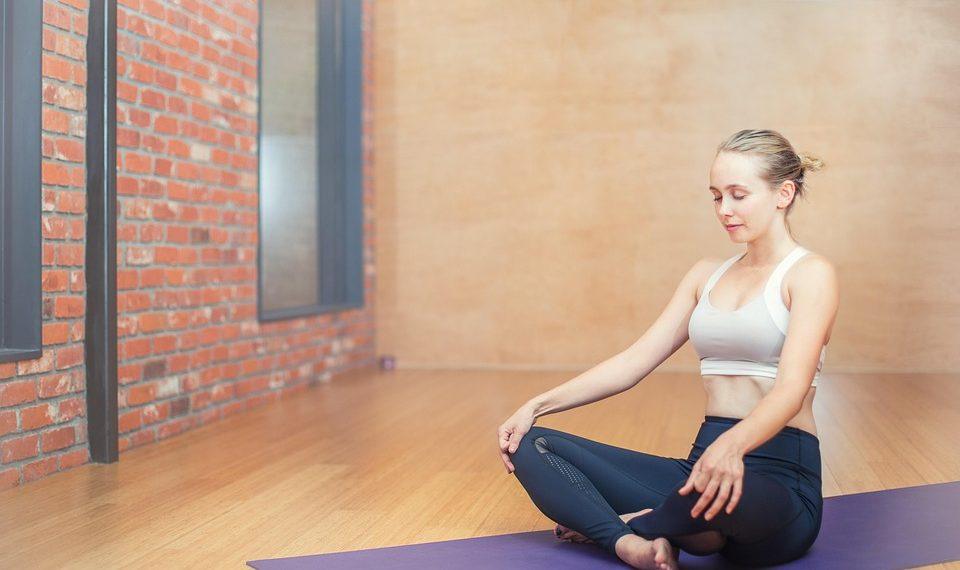Mindfulness techniques can dramatically reshape your daily life, creating a space for peace amidst the chaos. When you embrace mindfulness, you’re not just surviving; you’re thriving. You awaken to the world around you and to the richness of your own experience. Let’s dive into ten practical techniques that will help you cultivate mindfulness and transform your everyday existence.
Contents
What is Mindfulness?
Mindfulness is the practice of being fully present in the moment, aware of your thoughts and feelings without judgment. It’s about tuning into your body and the world around you. This practice matters because it cultivates resilience against stress and fosters emotional well-being. You deserve to live a life that feels vibrant and connected.
Why Embrace Mindfulness?
- Reduce Stress: Mindfulness has been shown to lower cortisol levels, the hormone linked to stress.
- Enhance Focus: It sharpens your attention, enabling you to tackle tasks with greater clarity.
- Improve Relationships: By being present, you nurture deeper connections with those around you.
- Boost Emotional Health: It encourages self-reflection, leading to greater self-acceptance.
Let’s explore ten techniques that you can seamlessly integrate into your daily life.
1. Mindful Breathing
Start with your breath. It’s always with you, yet often overlooked.
-
How to Do It: Find a quiet place. Close your eyes and take a deep breath in through your nose, allowing your belly to expand. Exhale slowly through your mouth. Focus on the rhythm of your breath. If your mind wanders, gently bring it back.
-
Benefits: This practice calms your nervous system and centers your thoughts. Even a few minutes can transform your mood.
2. Body Scan Meditation
This technique connects you to your physical self.
-
How to Do It: Lie down comfortably. Close your eyes. Starting from your toes, mentally scan your body, noticing any tension. Breathe into those areas, and as you exhale, imagine releasing that tension.
-
Benefits: It helps you tune into physical sensations, encouraging relaxation and awareness.
3. Mindful Eating
Turn meals into a feast of awareness.
-
How to Do It: Choose a meal to savor. Sit down, free from distractions. Notice the colors, textures, and aromas. Chew slowly, appreciating each bite.
-
Benefits: This practice not only enhances your relationship with food but can also promote healthier eating habits.
4. Walking Meditation
Bring mindfulness into your movement.
-
How to Do It: Find a space where you can walk slowly. Focus on each step, feeling the ground beneath your feet. Notice how your body moves.
-
Benefits: This practice grounds you in the present, turning an ordinary walk into a meditative experience.
5. Gratitude Journaling
Shift your focus from what’s lacking to what you have.
-
How to Do It: Each evening, write down three things you’re grateful for. They can be simple, like a warm cup of tea or a smile from a stranger.
-
Benefits: This practice cultivates positivity and shifts your mindset over time.
6. Mindful Listening
Engage fully in conversations.
-
How to Do It: When someone speaks to you, listen without planning your response. Focus entirely on their words, tone, and body language.
-
Benefits: It enhances your relationships and improves your ability to empathize.
7. Nature Connection
Let nature be your teacher.
-
How to Do It: Spend time outdoors. Notice the sounds, scents, and sights around you. Feel the wind on your skin and the warmth of the sun.
-
Benefits: Nature has a calming effect and can boost your mood significantly.
8. Mindful Technology Use
Be intentional with your devices.
-
How to Do It: Set boundaries for technology. Designate tech-free times during your day. When you do use your devices, be present and aware of how they affect your mood and focus.
-
Benefits: This practice can reduce anxiety and improve your overall mental health.
9. Creative Mindfulness
Tap into your creativity as a mindfulness practice.
-
How to Do It: Engage in a creative activity, like painting, knitting, or playing music. Immerse yourself fully in the process, not worrying about the outcome.
-
Benefits: Creativity allows for self-expression and can be incredibly therapeutic.
10. Daily Reflection
End your day with self-awareness.
-
How to Do It: Spend a few minutes reflecting on your day. What went well? What could have been better? Write it down or simply ponder these questions.
-
Benefits: This habit encourages growth and helps you learn from your experiences.
Bottom Line
Mindfulness techniques are not just a trend; they are a transformative way to enhance your daily life. By incorporating these practices, you can cultivate a deeper awareness of yourself and your surroundings. Your journey toward mindfulness is personal, and every step counts.
Call to Action
Start small. Choose one technique to try today. Remember, each moment is an opportunity for mindfulness. Embrace it, and watch your life transform.
FAQ
What is mindfulness?
Mindfulness is the practice of being fully present in the moment, aware of your thoughts and feelings without judgment.
How long should I practice mindfulness?
Even a few minutes a day can make a difference. Gradually increase your practice as you feel comfortable.
Can mindfulness help with anxiety?
Yes, research shows that mindfulness can reduce anxiety and promote emotional well-being.
Where can I learn more about mindfulness?
Visit reputable sources like Mindful.org, The American Psychological Association, or Harvard Health Publishing for more information and resources.
Get Your FREE Natural Health Guide!
Subscribe now and receive our exclusive ebook packed with natural health tips, practical wellness advice, and easy lifestyle changes — delivered straight to your inbox.














